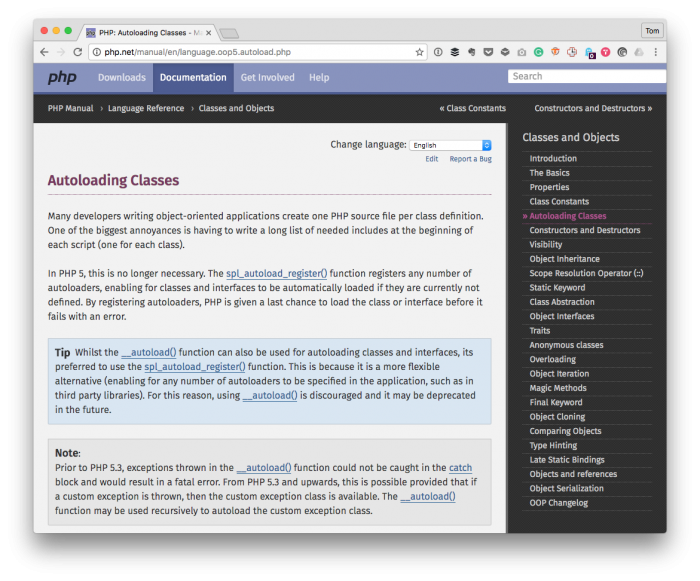Pragmatic development in WordPress is not a phrase or a term that I’ve found, read, or that exists (to my knowledge) outside this particular post. The idea has come from two sources:
- The Pragmatic Programmer by Dave Thomas and Andy Hunt,
- And a couple of projects that I’ve been working on recently.
I want to use the standard definition of “pragmatic” before I get into the rest of this post:
dealing with things sensibly and realistically in a way that is based on practical rather than theoretical considerations.
With that said, I think there are a few things we can learn from this as it relates to applying pragmatic development in WordPress projects.
Of course, this raises the question of what type of situations calls for this?


